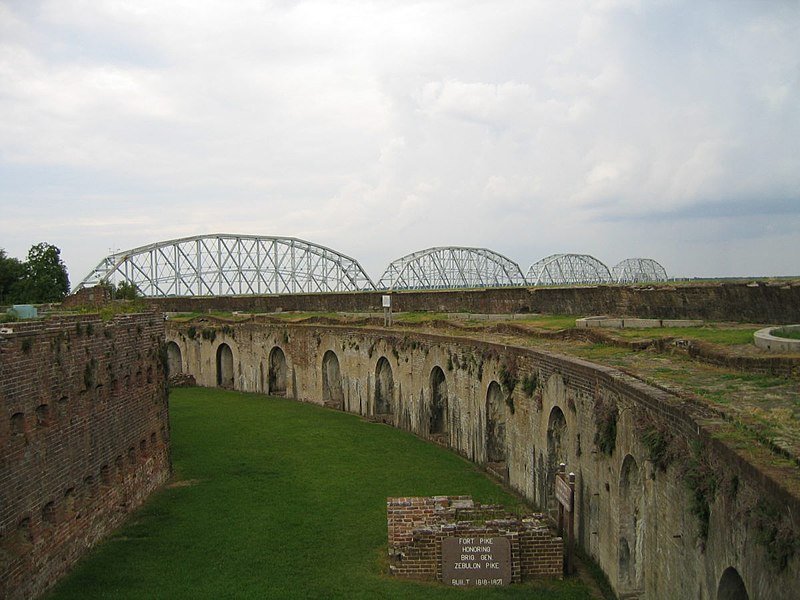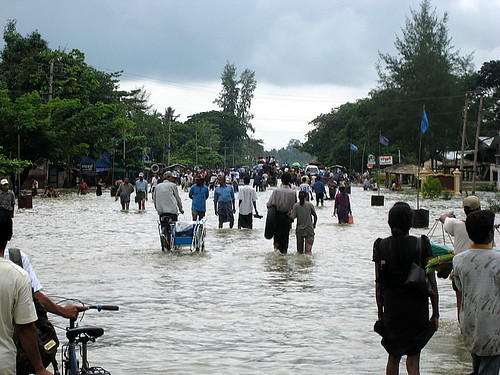NASH ROBERTS @ 90
As a scientist, Nash Roberts looks at weather disasters, from Katrina to the more recent cyclone in Myanmar and earthquake in China, and sees these events not caused by years of man disrespecting the Earth, but more as a natural process.

From neworleansradiotheathre dot org, the history of this scientist who became the one to trust during hurricane seasons:
Long before Weather forecasters got to be television celebrities, Nash Roberts was forecasting weather conditions for areas as far away as the Gulf of Tonkin for his clients. It was said that no banana boat left South America without Nash's blessing, or rather, his forecast. Oil companies contracted Nash's company to get information about taking their crews off of their oil rigs in the Gulf of Mexico during hurricane seasons.
The Nash Roberts forecasting accuracy was introduced to the TV screens of New Orleans soon after Ch 6 signed on the air and continued on WDSU-TV for over a quarter of a century in the 5PM, 6PM aand 10PM news programs as well as the "Midday" program.The people in New Orleans and the surrounding areas never said: "I wonder what the weather will be like." Instead, they asked: "What does Nash say?" When Nash finally retired from the broadcasting scene, he left several TV weathermen and their fancy radar and electronic presentations battling to assume his title and position as THE weather authority for the Gulf South. Nash Roberts was inducted into the GNOBA Hall of Fame in 1994.
Here's a link of Nash in action, predicting Hurricane Andrew's landfall No flashy storm maps or animations, he was at home using only his markers and experience to predict storms paths.
From a 1998 article in the New York Times
Mr. Roberts is often criticized by other meteorologists for deviating from National Weather Service reports, which he refers to derisively as 'the house thinking.'
'Some weathermen get unhappy because I don't always follow the Federal line, but if I have evidence to the contrary it'd be criminal not to give it,' he said.
Locals know a storm is serious simply when Mr. Roberts appears on the screen. 'They see me in the store buying my mark-up pens and they follow me around asking when the storm's hitting,' said Mr. Roberts, whose successful predictions, he said, come from treating each storm individually and keying in on the factors and the environment that await it.
'You're like a detective tracking someone,' he said.'You never know their next move.' Mr. Roberts said Hurricane Georges tipped its hand when the high-pressure system steering it stopped and the storm headed east.
He sometimes refers to computers as 'newfangled gimmicks,' but Mr. Roberts insists he consults the same reports and computer printouts sent to other stations. He also uses data from the oil rigs in the gulf, his private clients. With compasses and protractors, he calculates wind directions and plots each storm's path.
'We all get the same information, but it's what you do with it that makes the difference,' he said.
Here's another link of Nash talking about Katrina.
Katrina was the only hurricane that Nash evacuated for.
Happy Birthday, Nash!









